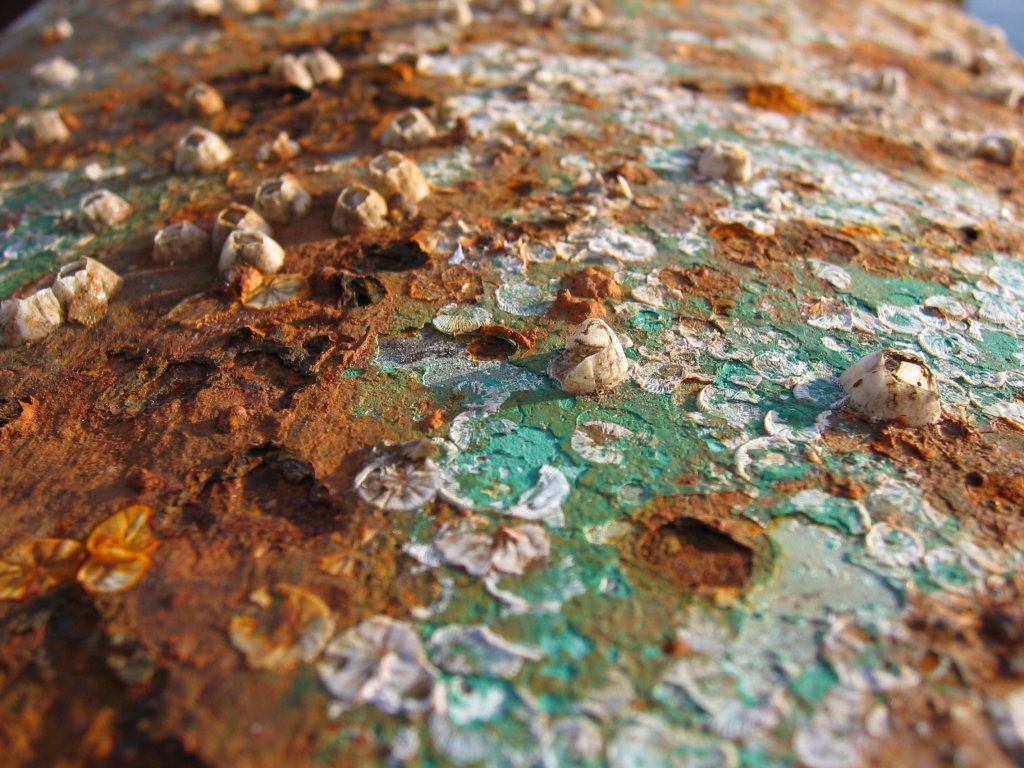Team:Groningen/Applications
From 2010.igem.org
(New page: ==Applications of biofilms== '''Biofilms as a biological coating''' The idea to make a biological coating has quite some advantages. For once biological coatings are quick to grow and th...) |
(→Applications of biofilms) |
||
| Line 12: | Line 12: | ||
When marine micro-organisms like algea or poks adhere to the hall of ships they form a layer greatly increasing drag in the water. This results in higher fuel costs and increased erosion. To prevent organism to form to the hall of ships chemicals often containing copper and tin, are used in antifouling paints. A lot of these chemicals eventually end up in the oceans ecosystems accumulating in all trophic levels of marine life and contaminating estuarial silt near shipping routes . Estimates show that in the Netherlands alone, approximately 19 tuns of organotin and 30 tuns of copper end up in the environment every year. | When marine micro-organisms like algea or poks adhere to the hall of ships they form a layer greatly increasing drag in the water. This results in higher fuel costs and increased erosion. To prevent organism to form to the hall of ships chemicals often containing copper and tin, are used in antifouling paints. A lot of these chemicals eventually end up in the oceans ecosystems accumulating in all trophic levels of marine life and contaminating estuarial silt near shipping routes . Estimates show that in the Netherlands alone, approximately 19 tuns of organotin and 30 tuns of copper end up in the environment every year. | ||
| + | [[Image:boat.jpg]] | ||
Revision as of 10:07, 23 August 2010
Applications of biofilms
Biofilms as a biological coating
The idea to make a biological coating has quite some advantages. For once biological coatings are quick to grow and the raw materials necessary for bio film growth are low in cost and plentiful available. So far there have been many coatings with biological substances but never before has bacteria been used for not only producing the coating material but also executing the coating process thereby saving a lot of effort.
For our bio film we have chosen bacillus subtiulus
Antifouling coating
Envirmentally friendly antifouling coating is When marine micro-organisms like algea or poks adhere to the hall of ships they form a layer greatly increasing drag in the water. This results in higher fuel costs and increased erosion. To prevent organism to form to the hall of ships chemicals often containing copper and tin, are used in antifouling paints. A lot of these chemicals eventually end up in the oceans ecosystems accumulating in all trophic levels of marine life and contaminating estuarial silt near shipping routes . Estimates show that in the Netherlands alone, approximately 19 tuns of organotin and 30 tuns of copper end up in the environment every year.
Because of these environmental objections to chemical antifouling coatingds our hydrophobic bioflm would be a great ecological alternativ. This hydrophobic bio film will prevent the adhesing of spores and plankton to ship halls. Thereby preventing the growth of marine fouling organisms.
Waterresistance
Antfungal
Medical coatings
Dispersants
 "
"
